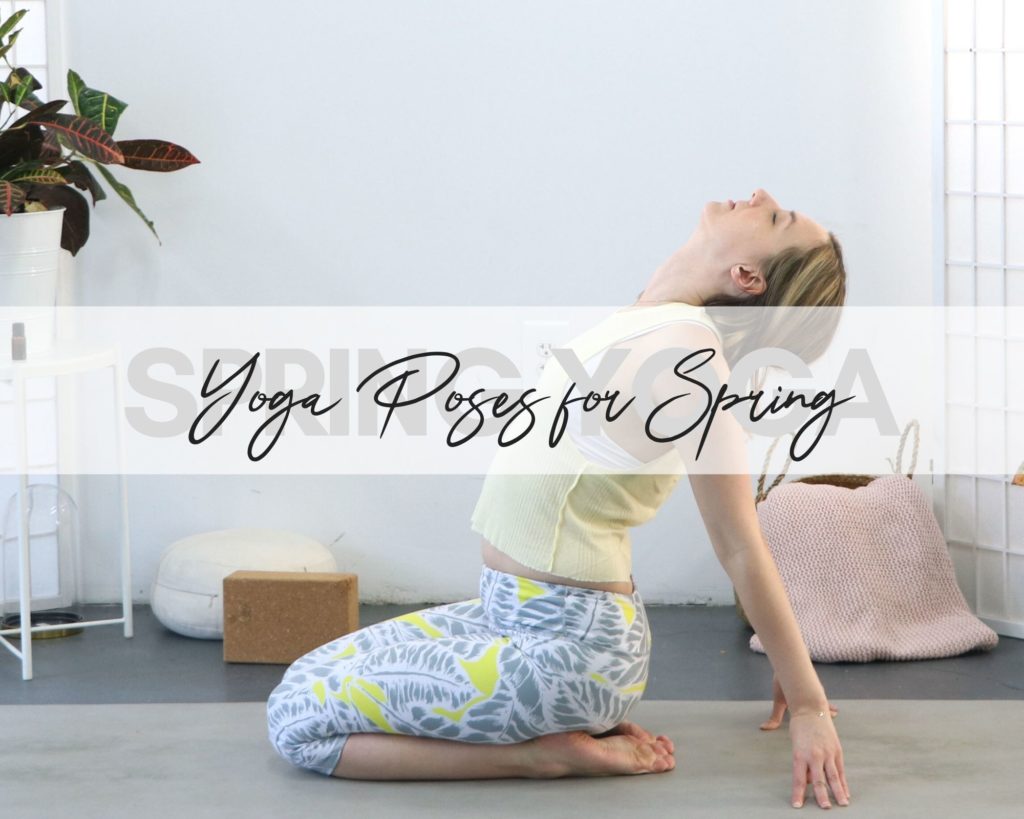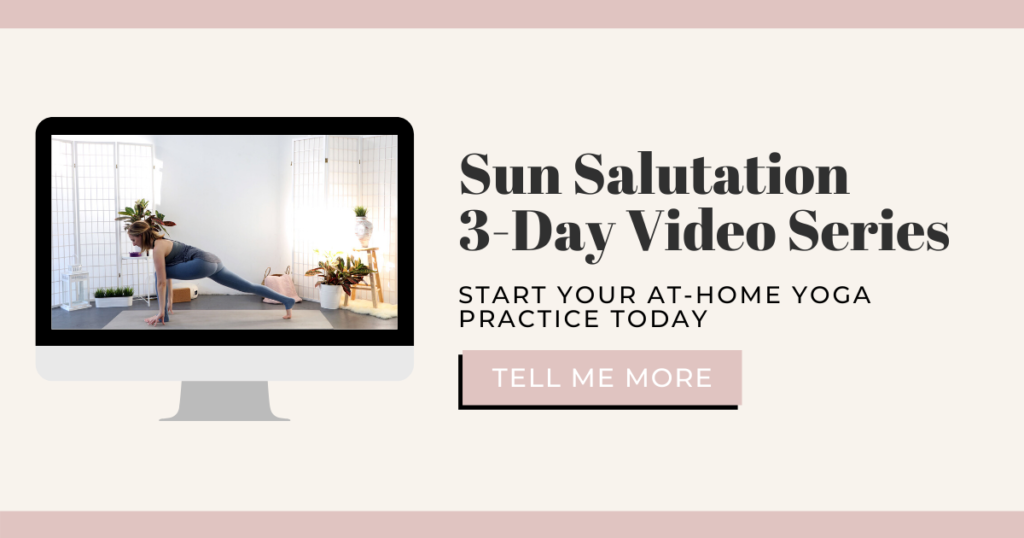 With spring knocking at the door, there is a feeling of newness in the air. Flowers begin to bloom and fill the surroundings with a unique fragrance and charm. Indeed, it is one of the best times of the year to bring about a shift in your yoga routine to adapt to the changing season. It is like adjusting your spirit and body to the promise of a new beginning.
With spring knocking at the door, there is a feeling of newness in the air. Flowers begin to bloom and fill the surroundings with a unique fragrance and charm. Indeed, it is one of the best times of the year to bring about a shift in your yoga routine to adapt to the changing season. It is like adjusting your spirit and body to the promise of a new beginning.
Both Ayurveda and Yoga teach you to be completely present in the moment as you shift through the seasons and open yourself to new perspectives. Practicing Sun Salutation (Surya Namaskar) or any kind of vinyasa flow can provide your body the much-needed cleansing that your body demands. Any form of vigorous movement, much like spring itself, can enliven, warm, and awaken your senses. In fact, the way you breathe or move or the kind of food that you eat can successfully help you embrace this seasonal transition.
Importance of Changing your Yoga Routine in Spring
Thinking of it symbolically, your shadow gets elongated during winter due to the frigid and harsh lighting. Nevertheless, during spring this tends to soften and it paves the way for balance and symmetry. That can be used to inspire your springtime yoga routine. You can use this standing yoga pattern to make a fresh start on the very first day of the vernal equinox. With a sense of awakening, starting your yoga practice at a slow pace helps find your way toward greater freedom. As you transition from one asana to another, you feel more grounded and stable. Your body opens to everything that is new around.
Changing your yoga routine during this time of the year seems quite intuitive. Our body tends to mirror nature’s journey by taking a step toward nurturing its physical bloom. In Spring, we emerge from the cold winter and step toward a new budding life yet again. With the days becoming longer than usual, our body and mind get the opportunity to rejuvenate both physically and energetically. To attain this, it is important to keep our minds immersed in the vulnerability of the blossoming process. Practicing yoga with additional care lends ample spaciousness to your inner experience of the yogic process.
You can practice yoga outdoors or next to an open window to get a new perspective on the process. The vibrant imagery painted by nature all around you, the bright flora, sprouts of greenery and sunshine, all come together to renew the energy in your practice. You can successfully tap into the alchemy of your body during this period of growth and transition. It helps you witness and capture the renewal all around you and most importantly, within you.
Yoga Poses That Help in the Transition
Standing Forward Bend (Uttanasana)
Uttanasana or standing forward stretches the entire body. You can adjust the levels of the asana’s intensity on your hamstrings. The pose derives its name from the Sanskrit term “Ut” which means intensity, “tan” signifying to extend or stretch, and “asana” meaning pose.
Revolved Chair (Parivrtta Utkatasana)
Revolved Chair lives up to its Sanskrit interpretation of ferocity and power. The pose is an amazing way to lengthen and strengthen your leg muscles. It further helps to enhance mobility in your spine. Practicing the revolved chair posture instills you with a feeling of spaciousness in the upper body and calm in the lower half of your body.
Mountain Pose (Tadasana)
Mountain Pose or Tadasana enhances your body awareness and creates better alignment and strengthens in the legs. Though the pose might not come across as a difficult one, keeping your body aligned and active at the same time can be hard work. You need to be aware of every part of your body and the role they play in keeping your spine elongated and your bones stacked.
Chair Pose (Utkatasana)
Sitting in a chair might sound extremely relaxing and easy. But what if the chair was an imaginary one? Things can get tough. This is exactly what you need to do in case of a Chair Pose or Utkatasana. The term “Utkatasana” means a powerful or intense posture. All you need is some extra determination to last longer in the Chair Posture.
Child’s Pose (Balasana)
Child’s pose or Balasana is a subtle resting pose that stretches your thighs, legs, and hips while relaxing your mind and relieving it of tension and stress. The dome shape of the asana offers the perfect pose to enhance and refocus on the benefits of breathing.
Half Splits (Ardha Hanumanasana)
Half splits or Ardha Hanumanasana is a great option when you are looking forward to stretching your lower back, calves, hamstrings, and hips. An approachable pose for most people, Half Split boosts muscles that are required to practice front splits with the engagement of the right muscles.
Cat Pose (Marjariasana)
Also known as Marjariasana, cat pose is named so due to its resemblance to a cat while stretching around its back. This is generally considered a simple ground pose that can be performed by anyone and involves using most core muscles. It also helps to tone your back muscles. The idea of this asana is to make your spine as flexible as that of a cat and release the tension around your hips, neck, and lower back.
Camel Pose (Ustrasana)
Camel Pose or Ustrasana is a back-bending yoga pose that helps to open the Heart Chakra. Practicing this posture adds strength and flexibility to your body while improving digestion. Given the multiple modifications and variations of the pose, there are numerous ways in which you can modify this chakra-opening and chest-opening pose and make is suitable for all levels.
Taking a step toward new beginnings is the first step for tapping into your complete potential. Spring is the time of freshness where the earth begins to bring out its abundance of nutrition and color. It’s time to enjoy your yoga practice, feel motivated, awakened, light and free in the body, spirit, mind, and soul. Find your harmony amid nature and connect with the magical blossoming all around and within you.

